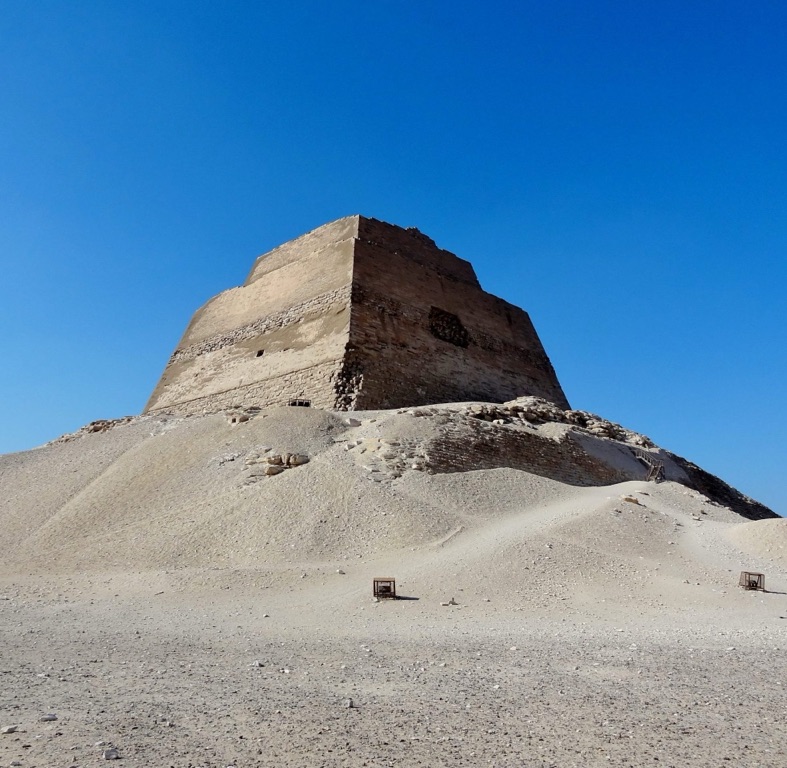The Meidum Pyramid, also known as the collapsed pyramid, is an ancient structure located in the desert on the edge of the Nile valley, approximately 100 kilometers south of Cairo, Egypt. Believed to have been built during the reign of Pharaoh Sneferu, the pyramid is notable for its unique structure and the fact that it partially collapsed in antiquity. The pyramid’s design and the changes it underwent during its construction provide significant insights into the evolution of pyramid building in ancient Egypt.
The Ancient Egyptians
Ancient Egyptian Historical Sites and Ruins
Egyptian Mythology
Ancient Egyptian Artifacts
| Ankh Cross |
| Dream Stele |
Historical Figures
| Ramses II |
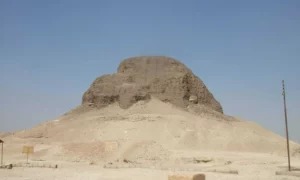
Pyramid of Senusret II (El Lahun Pyramid)
The Pyramid of Senusret II, also known as the El Lahun Pyramid, is a significant archaeological site located in the Faiyum region of Egypt. Constructed during the 12th Dynasty for Pharaoh Senusret II, this pyramid is unique due to its distinctive architectural design and the valuable artifacts discovered within. It serves as a rich source of information about the Middle Kingdom period of ancient Egypt and the reign of Pharaoh Senusret II.
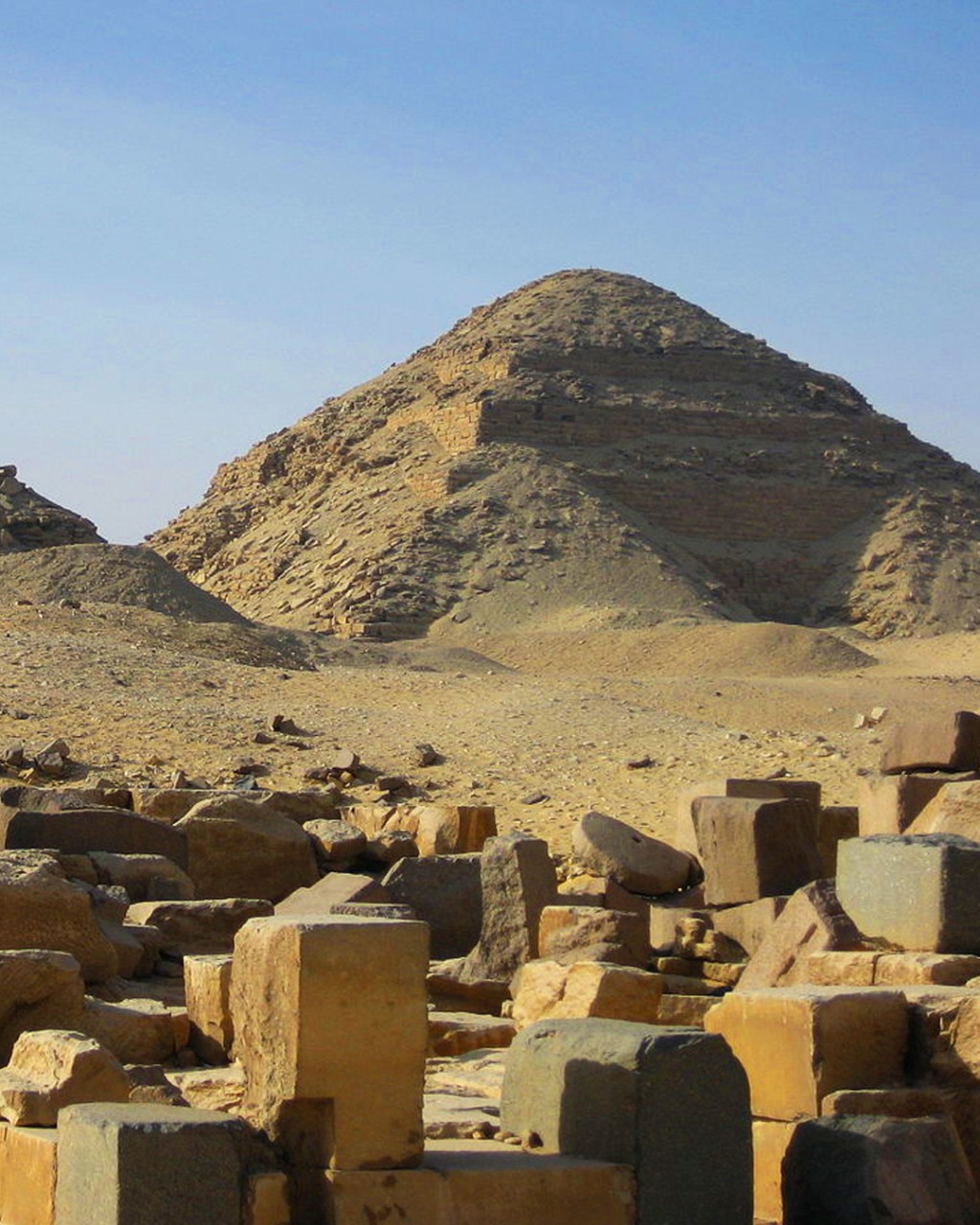
Pyramid of Neferirkare
The Pyramid of Neferirkare is a significant historical monument located in Egypt. Built during the 5th Dynasty of the Old Kingdom, it is the second-largest pyramid in the ancient site of Abusir, south of Cairo. The pyramid was initially designed as a step pyramid, which was then converted into a true pyramid. Its original height was around 72 meters. It was constructed for Pharaoh Neferirkare Kakai, the third king of the 5th Dynasty. The pyramid complex included a mortuary temple, a causeway, a valley temple, and multiple mastabas for the royal family and nobles.
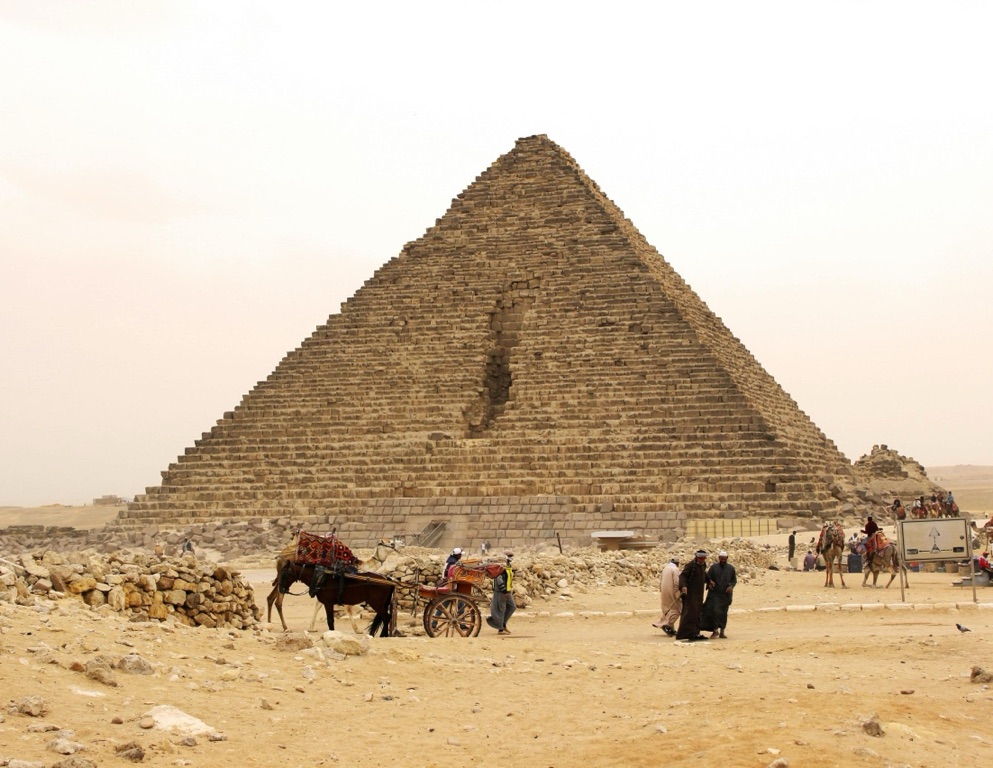
The Pyramid of Menkaure
The Pyramid of Menkaure is the smallest of the three main Pyramids of Giza, located on the outskirts of Cairo, Egypt. Built during the 26th century BC for the Pharaoh Menkaure, the sixth ruler of Egypt’s Fourth Dynasty, the pyramid is a testament to the architectural prowess and administrative skills of ancient Egyptians. It stands as a significant monument in Egyptian history, offering insights into the reign of Menkaure and the civilization he ruled.
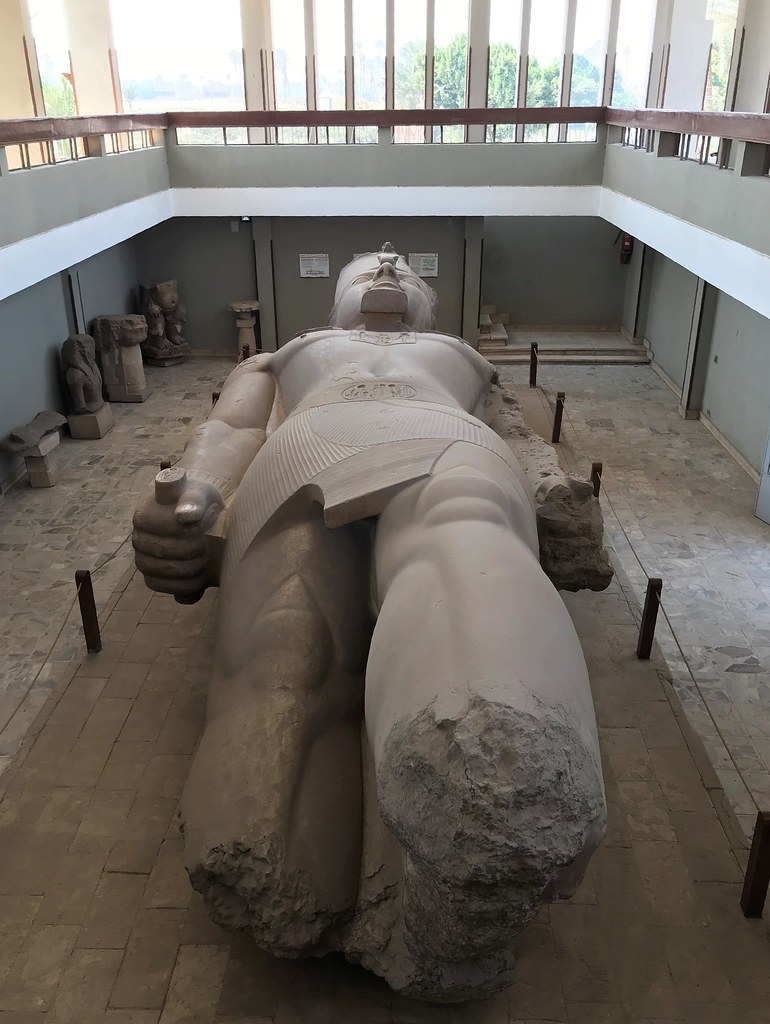
Colossal Statue of the Rameses II from Memphis
The Statue of the Pharaoh Rameses II in Memphis is a significant historical artifact that stands as a testament to the power and influence of one of Egypt’s most famous pharaohs. Located in the ancient city of Memphis, the statue was carved from a single piece of limestone and is one of the largest pieces of Egyptian sculpture in existence. It was created during the reign of Rameses II, who ruled Egypt for 66 years in the 13th century BC. The statue, which was discovered in 1820, is a significant piece of Egypt’s rich history and provides insight into the reign of Rameses II and the cultural and religious beliefs of the time.
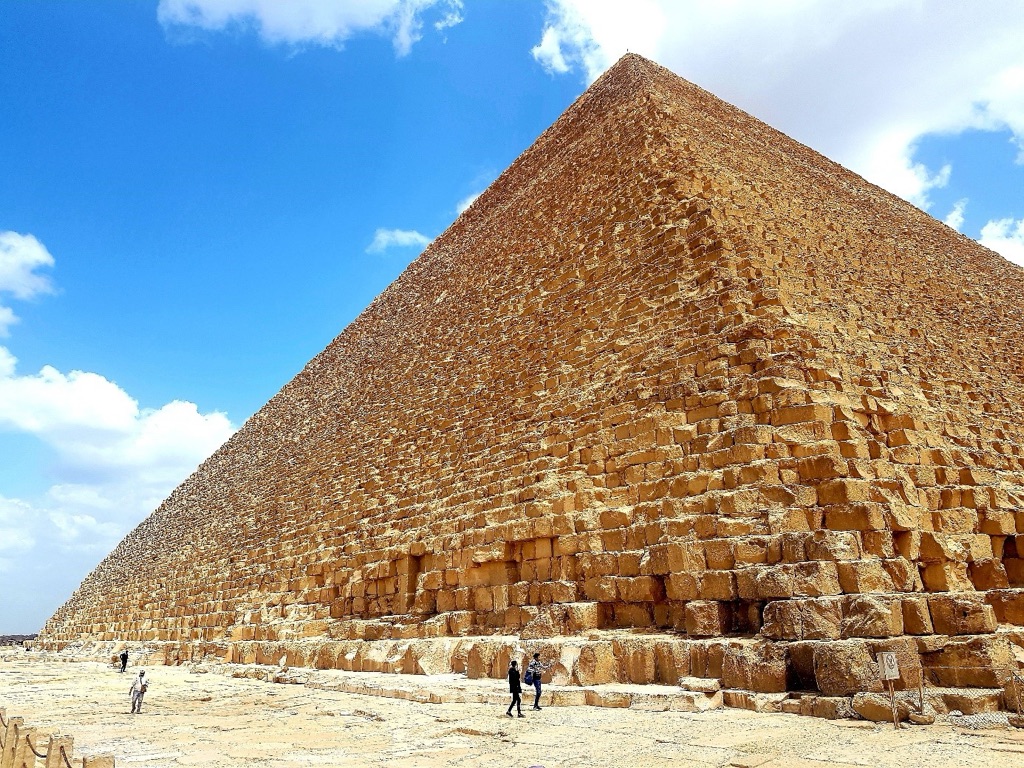
The Great Pyramid of Giza
The Great Pyramid of Giza, also known as the Pyramid of Khufu or the Pyramid of Cheops, is the oldest and largest of the three pyramids in the Giza pyramid complex bordering present-day Giza in Greater Cairo, Egypt. It is the oldest of the Seven Wonders of the Ancient World, and the only one to remain largely intact. Built as a tomb over a 10 to 20-year period concluding around 2560 BC, the Great Pyramid was the tallest man-made structure in the world for more than 3,800 years.

